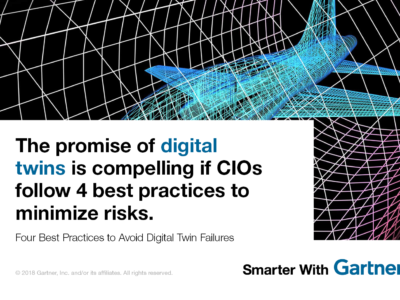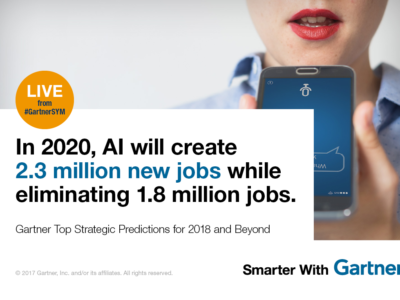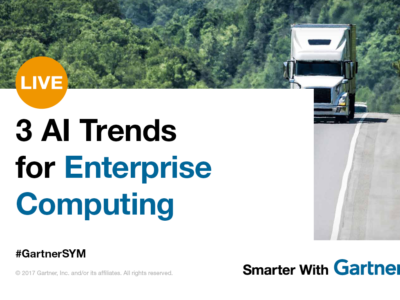Demand for enterprise mobile apps is expected to grow at least five times faster than internal IT organizations’ capacity to deliver them.
Employees now use an average of three different mobile devices to perform their jobs on a daily basis, which will increase to five or six devices as technologies such as wearable devices and the Internet of Things (IoT) become mainstream.
Many of these employees are given the autonomy to choose the devices, apps and even the processes with which to complete a task. With mobile phone sales expected to reach 2.1 billion units in 2019, it will fuel demand for enterprise mobile apps that meet the high performance and usability of consumer apps.
Gartner predicts that market demand for mobile app development services will grow at least five times faster than internal IT organizations’ capacity to deliver them, by the end of 2017.
IT departments are under pressure to develop a larger variety of mobile apps in shorter time frames, but it is exceedingly difficult and costly to hire developers with good mobile skills.
“The struggle to be proactive against competitive pressures is resulting in their mobile apps becoming tactical, rather than strategic,” said Adrian Leow, principal research analyst at Gartner.
A Gartner survey on mobile app development conducted in 2014 found that the majority of organizations have developed and released fewer than 10 apps, with a significant number of respondents not having released any mobile apps at all.
“This is an indication of the nascent state of mobility in most organizations, with many questioning how to start app development in terms of tools, vendors, architectures or platforms, let alone being able to scale up to releasing 100 apps or more,” said Mr. Leow.
To increase the speed at which you can develop and release business-to-enterprise (B2E) apps, Gartner recommends:
- Prioritize your app development so you don’t sacrifice app quality and positive ROI when increasing app delivery speed. The mobile development team needs to formulate a process of mobile app prioritization that involves understanding the needs of business stakeholders and defining common criteria for evaluating mobile app projects.
- Adopt a bimodal IT approach to create an agile API layer. This will optimize mobile integration and simplify the process of connecting mobile apps to many different types of data sources.
- Encourage adoption of rapid mobile app development (RMAD) tools across the organization to increase the number of apps delivered, and select a small subset that corresponds to organizational needs.
- Adopt a mixed-sourcing approach for mobile app development, as some complex and specific app development activities may be more efficiently handled by an outsourced third party.
Gartner clients can read more in the report ‘The Enterprise App Explosion: Scaling One to 100 Mobile Apps.’
For more articles visit Smarter With Garnter website.










